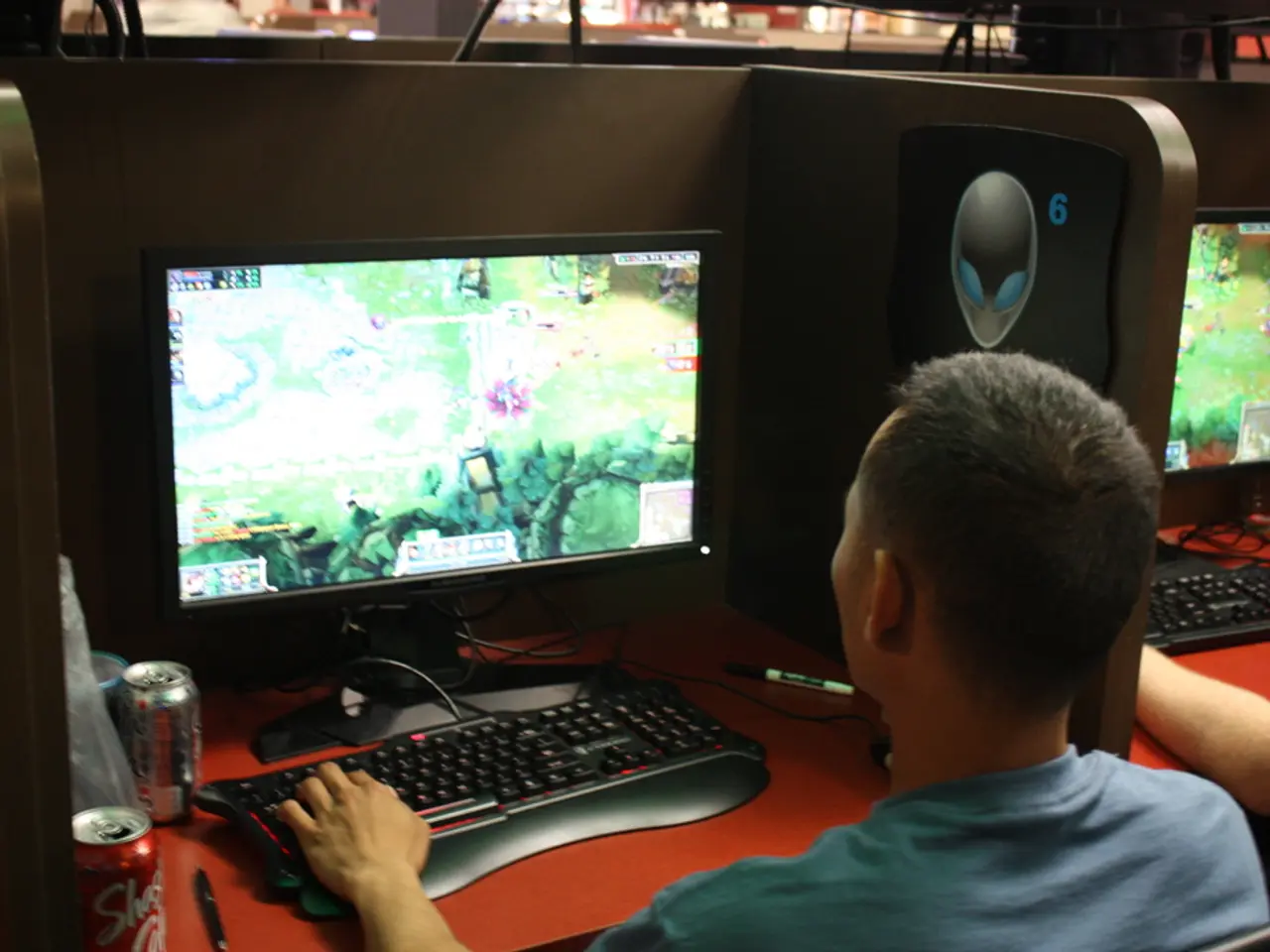The Impact of Video Gaming on Youth's Connection to the Real World
In the digital age, video games have become a popular form of entertainment, offering an escape from the complexities of the real world, as well as opportunities for creativity, socialization, and skill development [1]. However, excessive gaming can lead to a host of challenges, particularly for young people.
The long-term effects of excessive gaming on young people often include impaired social skills, mental health challenges, and altered life expectations. Excessive gaming addiction correlates with increased depression, anxiety, loneliness, and social isolation, particularly among young adults who may withdraw from real-world relationships and rely on virtual interactions as their primary social network [1][4]. This withdrawal and isolation negatively affect social skill development and reduce opportunities for healthy interpersonal engagement.
Excessive gaming is also linked to chronic stress, reduced self-esteem, and mental health deterioration. The addictive design of some games exacerbates these issues by employing psychological tactics that encourage long play sessions, leading to impaired emotional well-being and even physical health problems like sleep deprivation and poor posture [2].
Regarding life expectations and outcomes, gaming addiction in young people can severely disrupt education and career development. Personal reports note cases where individuals wasted crucial years post-high school due to persistent gaming habits, hindering their ability to achieve academic or professional goals [5]. Family relationships and behavioral problems often worsen, and prospects for future success may be compromised.
The nature of online gaming interactions is often shallow, taking place through headsets and text chats rather than face-to-face conversations. This can lead to underdeveloped social skills in youth. To counteract this, encouraging young people to engage in outdoor activities, develop hobbies, and nurture face-to-face relationships is essential in ensuring a balanced lifestyle.
The growing integration of virtual reality and augmented reality technologies is blurring the boundaries between gaming and real life. While these technologies offer immersive experiences, they also pose risks if used excessively. The key to avoiding the negative impacts of gaming is balance, ensuring that gaming does not overshadow real-world experiences.
Gaming can provide an outlet for stress and an opportunity to unwind. However, it's essential to promote hobbies and interests that engage young people outside of gaming. Open communication and activities that foster real-world engagement can help mitigate the negative effects of excessive gaming.
The gaming industry has evolved into a multibillion-dollar industry and a dominant cultural force. The line between gaming and reality is becoming increasingly blurred as technologies evolve. While gaming can offer benefits, it's crucial to maintain a balance and ensure that young people develop the social skills and emotional well-being necessary for a successful future.
References:
[1] Griffiths, M.D. (2000). A critical review of the psychological literature on video game playing. CyberPsychology & Behavior, 3(4), 343-350.
[2] King, D.L., Delfabbro, P., & Derevensky, J.L. (2016). Internet gaming disorder: A systematic review and proposed diagnostic criteria. Australian & New Zealand Journal of Psychiatry, 50(10), 961-968.
[3] Kuss, D.J., & Lopez-Fernandez, O. (2012). Internet gaming disorder: A systematic review of the empirical literature. Computers in Human Behavior, 28(5), 1849-1858.
[4] Widyanto, L., & McMurran, M. (2014). Internet gaming addiction: A systematic review of the empirical literature. Journal of Behavioral Addictions, 3(2), 113-124.
[5] Young, K.S. (1998). The Internet gaming disorder: Concept, aetiology, prevalence, and implications for treatment. CyberPsychology & Behavior, 1(5), 343-350.
- Excessive gaming, particularly in young people, can lead to mental health challenges, including increased depression, anxiety, and social isolation.
- Engaging in outdoor activities, developing hobbies, and fostering face-to-face relationships can help ensure a balanced lifestyle and counteract the underdevelopment of social skills in youth due to excessive gaming.
- The addictive design of some games can exacerbate stress, reduce self-esteem, and lead to mental health deterioration, as well as physical health problems like sleep deprivation and poor posture.
- The integration of virtual reality and augmented reality technologies in gaming is blurring the boundaries between gaming and real life, posing risks if used excessively, especially for young people.
- The line between gaming and reality is becoming increasingly blurred as the gaming industry continues to evolve, making it essential to promote activities outside of gaming that engages young people and fosters real-world engagement to maintain a balanced lifestyle and develop the social skills and emotional well-being necessary for a successful future.




